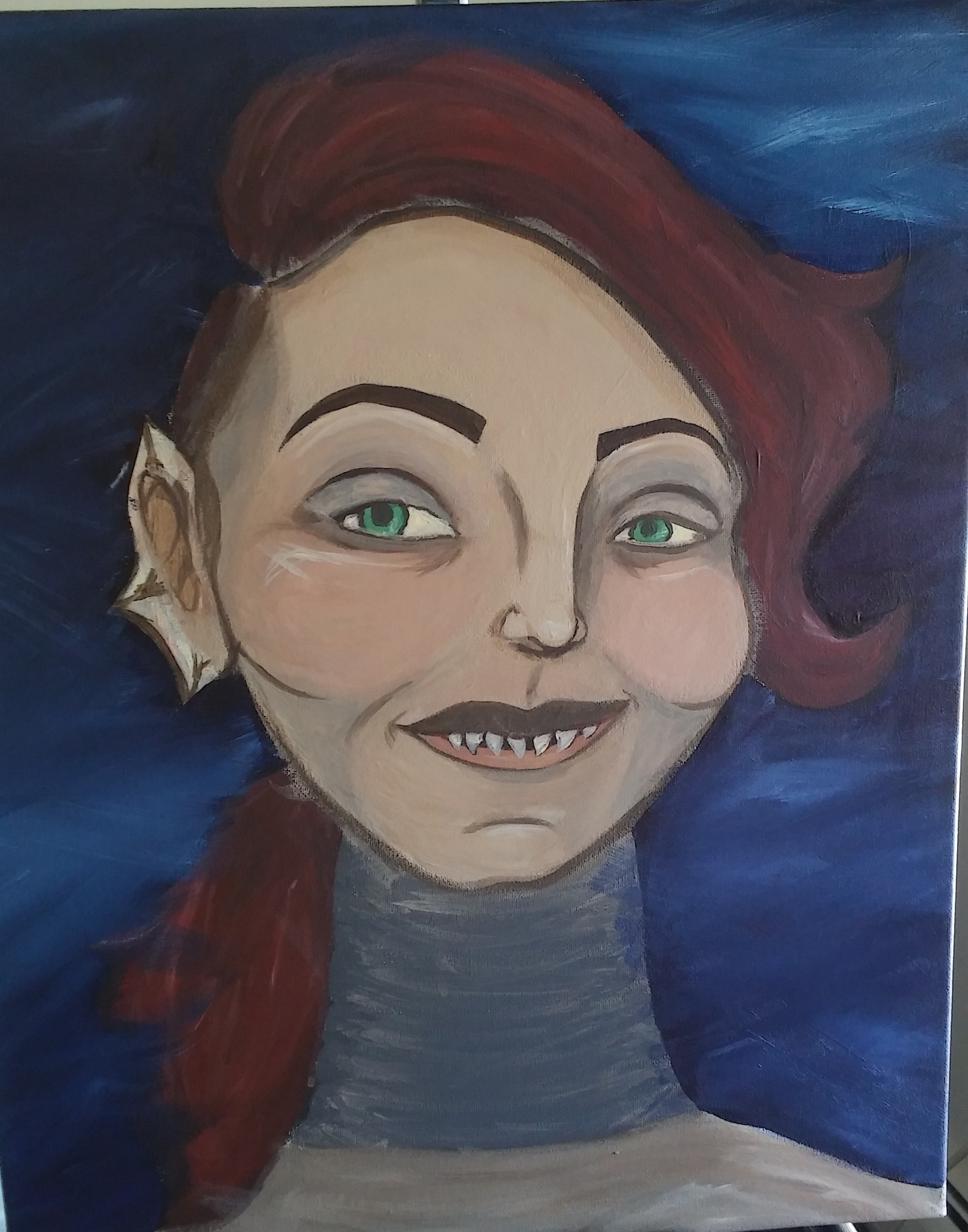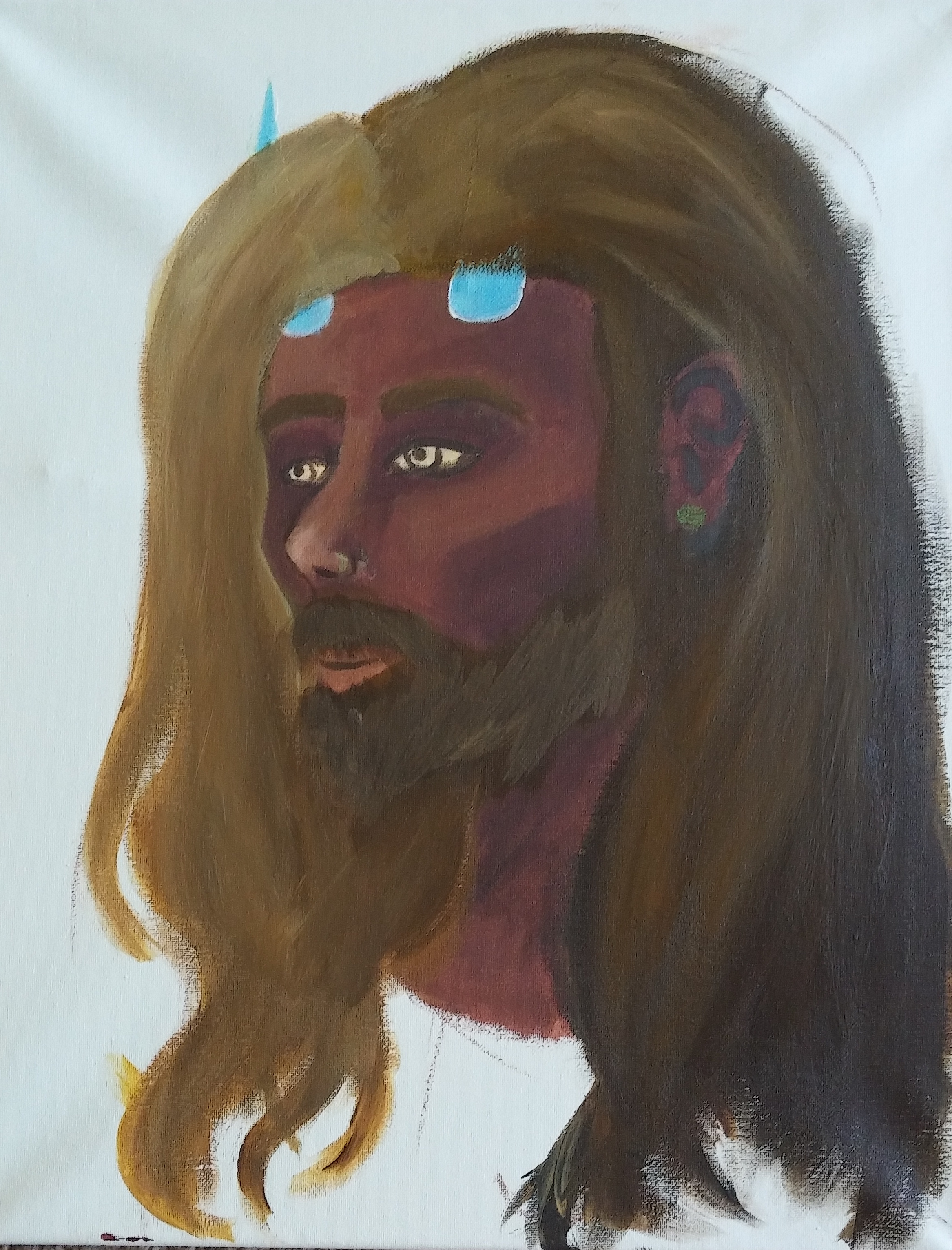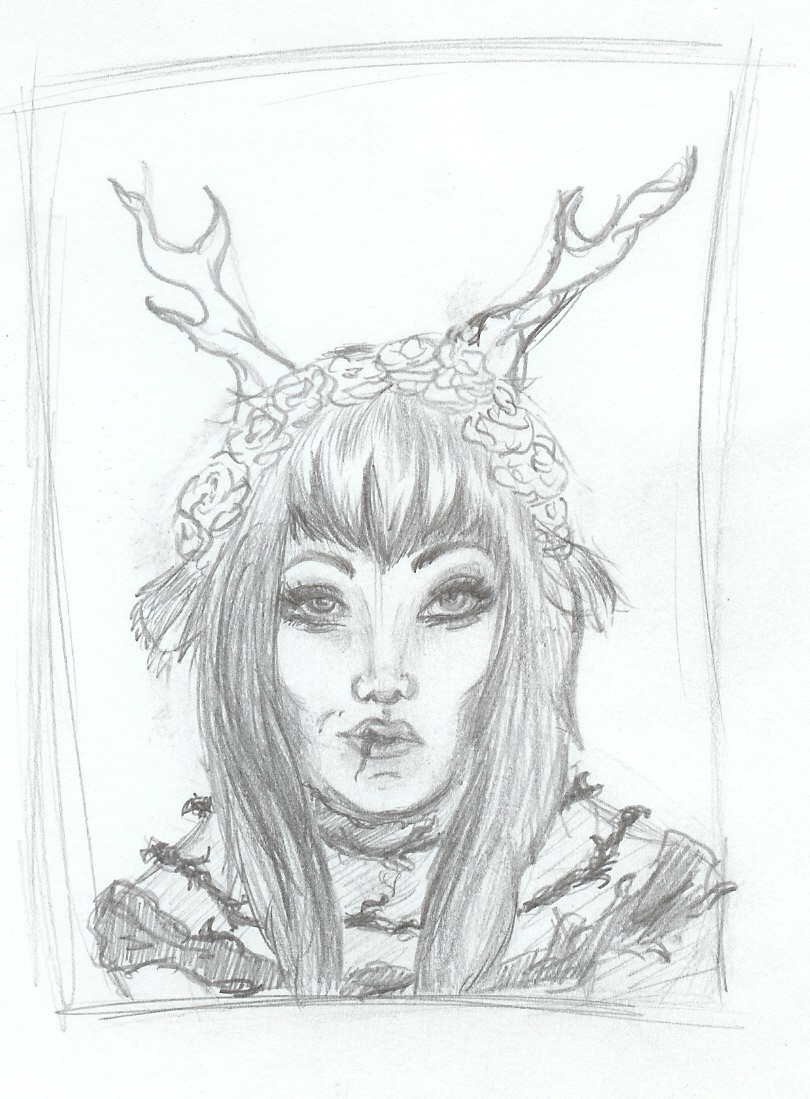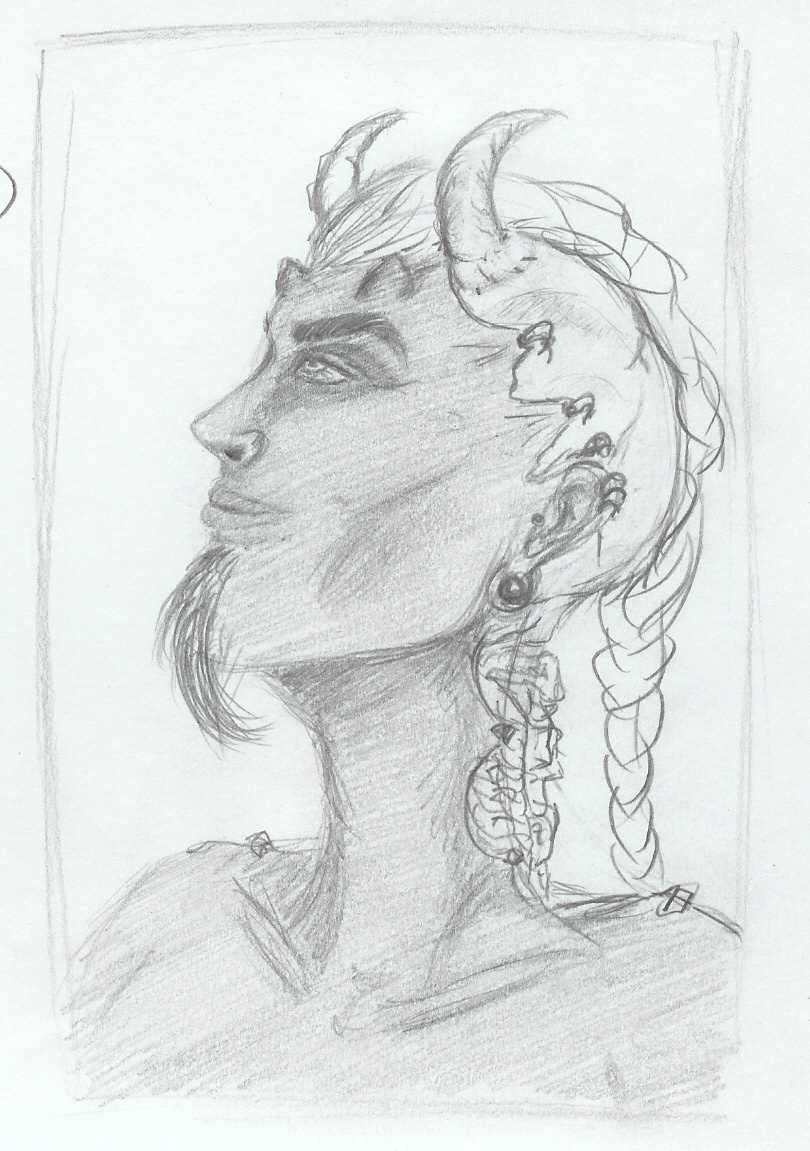Painting Extreme Body Art: Questioning Body Norms

The cultures behind the reasons that humans have tried to modify their bodies are truly fascinating. In recent years in America, the sub-culture behind body modifications combine the extreme with images of the self. As tattoos and piercings are starting to lose their taboo status, more extreme forms of body modification are becoming the norm in the margins.
Granted, tattoos have been around since before man kept historical records, but in this rising sub-culture body art is becoming more and more extreme as people are obsessed with changing their own skin to express themselves. Extreme body modification challenges socially acceptable body norms and therefore is generally seen as ‘freakish’ or called voluntary body mutilation. With the extreme “body mod” culture everything from piercings that cover 98 percent of your body, to eyeball tattooing, to swinging from hooks that have been freshly stuck into one’s flesh. That last example is called suspension art and it is actually surprisingly popular.
The western versions of scarification usually involve cutting the skin off in specific patterns or by using a form of branding to produce the image on the skin. This can be done with either searing hot metal, or on the flipside, metal so cold that it leaves scars. One common practice is to gauge the skin in really unusual places, like cheek tunnels. This practice I have seen in person. I stumbled upon a boy with inch-and-a-half holes in his cheeks, who doesn’t seem concerned about the damage that could be done to the salivary glands and tissues that are supposed to be kept moist.
Now on the other hand, we have the eastern half of the globe that uses body modifications to signify anything from the rise to manhood or the celebration of motherhood to the religious devotion of the specific tribe or mass culture. In Africa, Cicatrisation is a modified form of scarification that promotes the growth of keloids (raised scars). “Cicatrisation is a special form of scarification, whereby a gash is made in the skin with a sharp instrument, and irritation of the skin caused by applying caustic plant juices forms permanent blisters.
Dark pigments such as ground charcoal or gunpowder are sometimes rubbed into the wound to provide emphasis,” states Helen Coleman who studied African art.
Also gauging of the skin in certain places can be found in Africa as we see with the use of large disks to stretch out either the upper or lower lips, or sometimes both! The goal is usually to achieve the largest lip disk that one can support and it can represent beauty, the ability to be a great leader or wife, or it can be a symbol of status.
Another body modification that takes place in Africa is teeth sharpening, which can mean many things to the different cultures that perform it, as it also occurs in South America and Asia, but it can represent social status amongst people, or it can be part of the specific religious beliefs of the tribe. In some cases it is a rite of passage into adulthood for teens. It is usually a very painful process and it is sometimes furthered by removing certain teeth for certain beliefs or by carving designs into the teeth.
The brass neck rings worn by the ladies in Thailand, though, are all about beauty standards. Sometimes the rings are added as soon as the second birthday, or the girls can wait until they hit puberty but that usually is a much faster and more painful process than by starting when the bones are still bendable.



